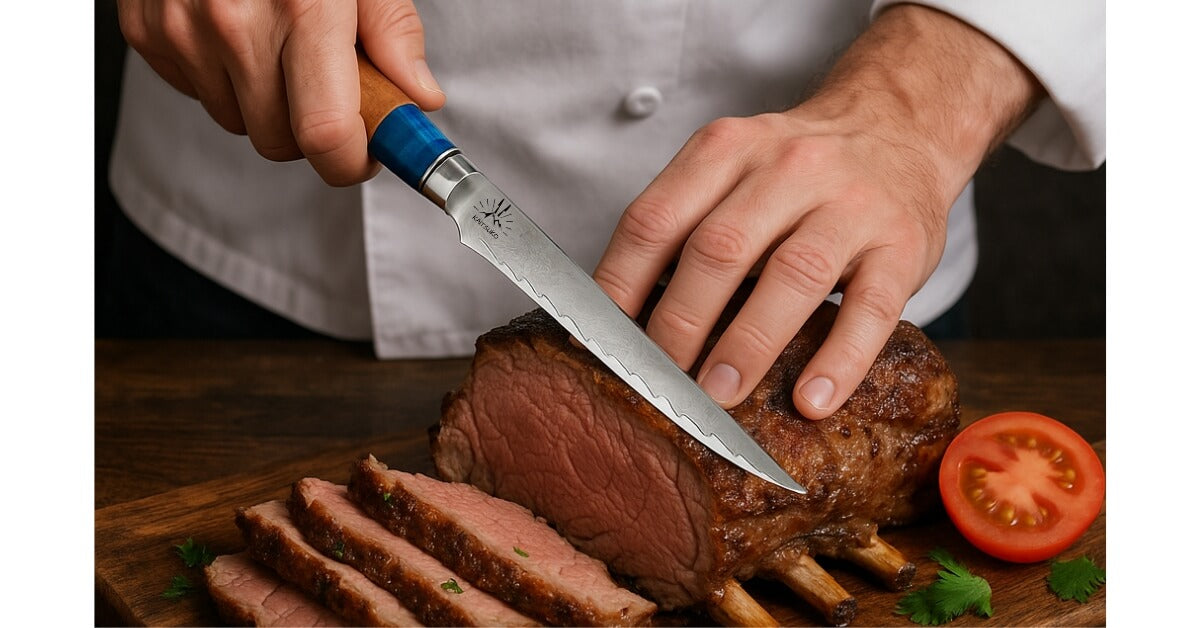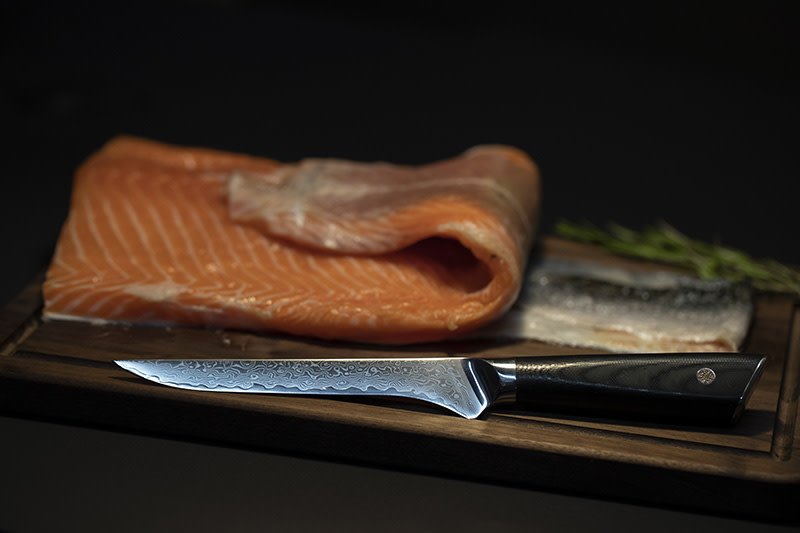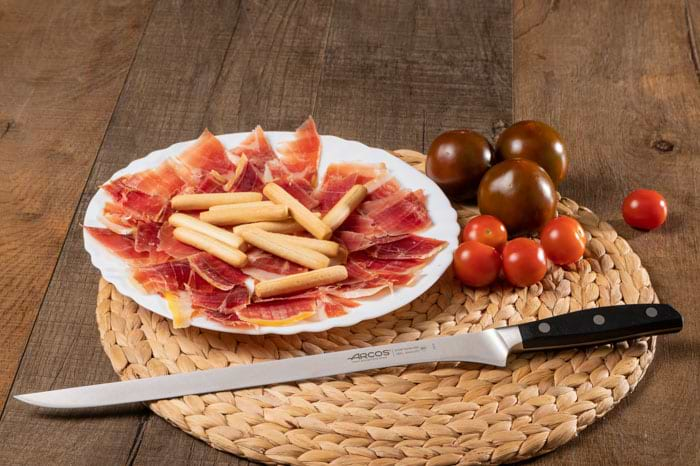For kitchen professionals, mastering the use of a boning knife is essential. It is a skill that not only enhances precision but also boosts efficiency in meat preparation. This article delves into boning knife practice exercises, guiding you through essential techniques to refine your cutting skills. By incorporating these exercises into your routine, you can elevate your culinary prowess and ensure every cut is perfect.

The Importance of Boning Knife Skills
A boning knife is a specialized tool designed for removing bones from meat, poultry, and fish. Unlike other knives, it offers flexibility and precision, making it indispensable in professional kitchens. However, to harness its full potential, one must practice diligently. Proper technique not only saves time but also minimizes waste, allowing for a more sustainable cooking process.
Basic Boning Knife Techniques
Before diving into boning knife practice exercises, it’s crucial to understand the basics. Start by familiarizing yourself with the knife’s grip. The correct grip ensures control and precision. For an in-depth guide on grip styles, visit boning knife grip styles.
Grip and Stance
A proper grip is the foundation of effective cutting. Hold the knife firmly with your dominant hand, ensuring your fingers are wrapped securely around the handle. Your stance should be stable, with feet shoulder-width apart to maintain balance.
Angle and Control
The angle at which you hold the knife affects the precision of your cuts. Typically, a 20-degree angle is ideal for most boning tasks. Control is achieved through steady hand movements and maintaining consistent pressure on the knife.
Intermediate Boning Knife Exercises
Once comfortable with the basics, move on to intermediate exercises. These routines focus on enhancing your dexterity and precision with a boning knife.
Chicken Deboning
Start with chicken, as it’s a versatile meat that offers various challenges. Practice removing the breast, thighs, and drumsticks. Pay attention to the joints and cartilage, which require careful navigation.
Fish Filleting
Fish filleting is another excellent exercise. It demands precision to ensure minimal meat wastage. Focus on maintaining the knife’s angle and using long, smooth strokes to separate the meat from the bones.
Advanced Boning Knife Techniques
Advanced exercises are designed for those looking to perfect their skills. They involve more complex tasks that test both precision and speed.
Butterflying
Butterflying is a technique used to evenly cut meat or poultry, allowing for faster cooking. It involves slicing the meat horizontally without cutting all the way through, then opening it like a book. This technique is ideal for preparing stuffed dishes.
Frenching
Frenching is a technique used to clean bones, usually on a rack of lamb or pork. It requires precision and patience to remove the meat and fat from the bone, leaving it clean and presentable.
Safety Tips When Using a Boning Knife
Safety should always be a priority when practicing with a boning knife. Here’s how to ensure a safe environment:
Maintain Sharpness
A sharp knife is safer than a dull one. Regularly sharpen your knife to ensure clean cuts and reduce the risk of slipping. For more on knife care, check out this guide on knife use.
Use a Cutting Board
Always use a stable cutting board to prevent accidents. A board with a non-slip base is ideal, providing a secure surface for cutting.

FAQ Section
What is the best way to hold a boning knife?
The best way to hold a boning knife is with a firm grip, ensuring your fingers are wrapped securely around the handle. This grip provides control and precision.
How often should I practice with a boning knife?
Consistency is key. Aim to practice at least a few times a week to build muscle memory and improve your skills.
What meats are best for practicing boning knife skills?
Start with chicken and fish as they offer various challenges. As you progress, move on to more complex meats like beef and lamb.
By integrating these boning knife practice exercises into your routine, you will not only enhance your culinary skills but also ensure that you are working efficiently and safely in the kitchen. For more insights on knife applications, visit boning knife vs slicing knife.
This article contains affiliate links. We may earn a commission at no extra cost to you.


